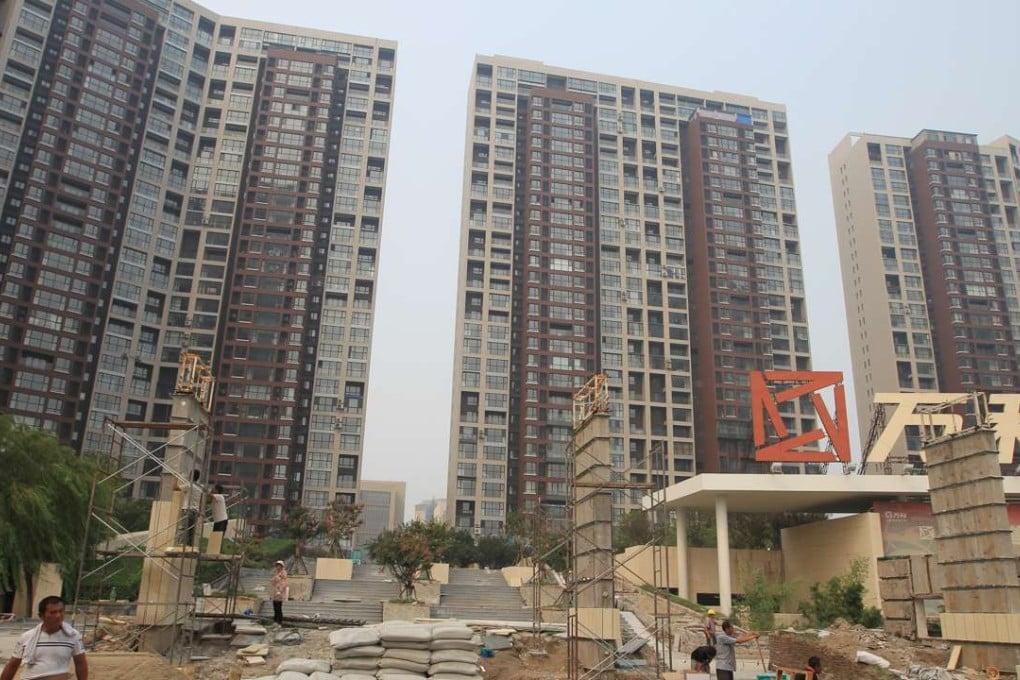Advertisement
Comfort of home still out of reach as residents return one year after fatal Tianjin blasts
Reading Time:3 minutes
Why you can trust SCMP

Tianjin resident Ms He was readying her three-month-old daughter for bed a year ago when loud booms rocked her flat.
The family, including their teenage son, lived in the residential buildings closest to the port city’s Binhai New Area, where two massive explosions and an inferno erupted on August 12, 2015, destroying buildings and claiming 173 lives.
Advertisement
No one in the family sustained life-threatening injuries but all, including the baby girl, were cut by flying glass from shattered windows.
“If not for my husband – he was really quick and wrapped my daughter and me in a blanket – we’d have been doomed,” she said.
Advertisement
Watch: Inside Tianjin, one year after disaster
Advertisement
Select Voice
Choose your listening speed
Get through articles 2x faster
1.25x
250 WPM
Slow
Average
Fast
1.25x